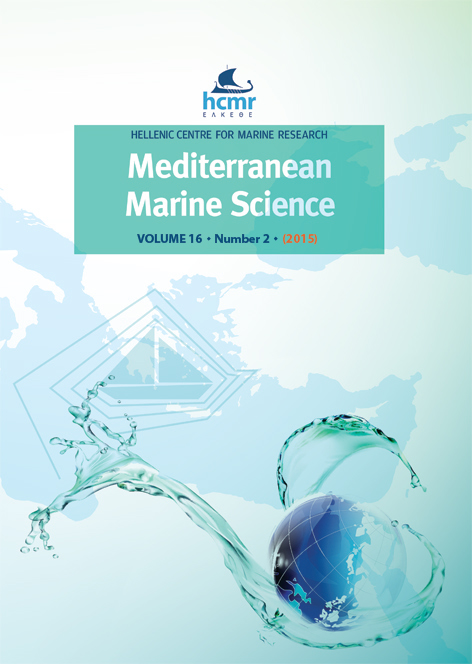Deadly impalement of a blue shark Prionace glauca by a swordfish Xiphias gladius
Περίληψη
In September, 2016, an adult female blue shark (Prionace glauca) 247 cm long stranded alive on the coast of Valencia (Spain, Western Mediterranean) but died shortly afterwards. The necropsy revealed ongoing pregnancy, with 65 embryos in early stage of development, and a healthy condition with no signs of starvation. Two fishing hooks surrounded by scarred tissue were detected in the mandible, indicating past interaction with fisheries. In addition, a fragment of the tip of a swordfish (Xiphias gladius) rostrum (length: 18 cm long, width: 0.5 cm (distal) and 3 cm (proximal)) was removed from the animal. The fragment had pierced the head producing an incision of 3.5 cm close to the left eye, crossing the head anterior to the pre-orbital process. No apparent damage was observed in the olfactory capsule or the eye, but the fragment had penetrated both sides of the skull causing extensive lesions in the brain, which were inferred to be the cause of death. Allometric analysis suggested that the swordfish was ca. 110 cm long, corresponding to a juvenile 1-2 yrs old. Swordfish had previously been reported driving their rostrum into pelagic sharks, allegedly as a defensive strategy. However, this is the first report of impalement as the direct cause of death in blue sharks.
Λεπτομέρειες άρθρου
- Πώς να δημιουργήσετε Αναφορές
-
PENADÉS-SUAY, J., TOMÁS, J., & AZNAR, F. J. (2017). Deadly impalement of a blue shark Prionace glauca by a swordfish Xiphias gladius. Mediterranean Marine Science, 18(2), 340–343. https://doi.org/10.12681/mms.1959
- Τεύχος
- Τόμ. 18 Αρ. 2 (2017)
- Ενότητα
- Short Communication
Authors who publish with this journal agree to the following terms:
- Authors retain copyright and grant the journal right of first publication with the work simultaneously licensed under a Creative Commons Attribution Non-Commercial License that allows others to share the work with an acknowledgement of the work's authorship and initial publication in this journal.
- Authors are able to enter into separate, additional contractual arrangements for the non-exclusive distribution of the journal's published version of the work (e.g. post it to an institutional repository or publish it in a book), with an acknowledgement of its initial publication in this journal.
- Authors are permitted and encouraged to post their work online (preferably in institutional repositories or on their website) prior to and during the submission process, as it can lead to productive exchanges, as well as earlier and greater citation of published work (See The Effect of Open Access).






